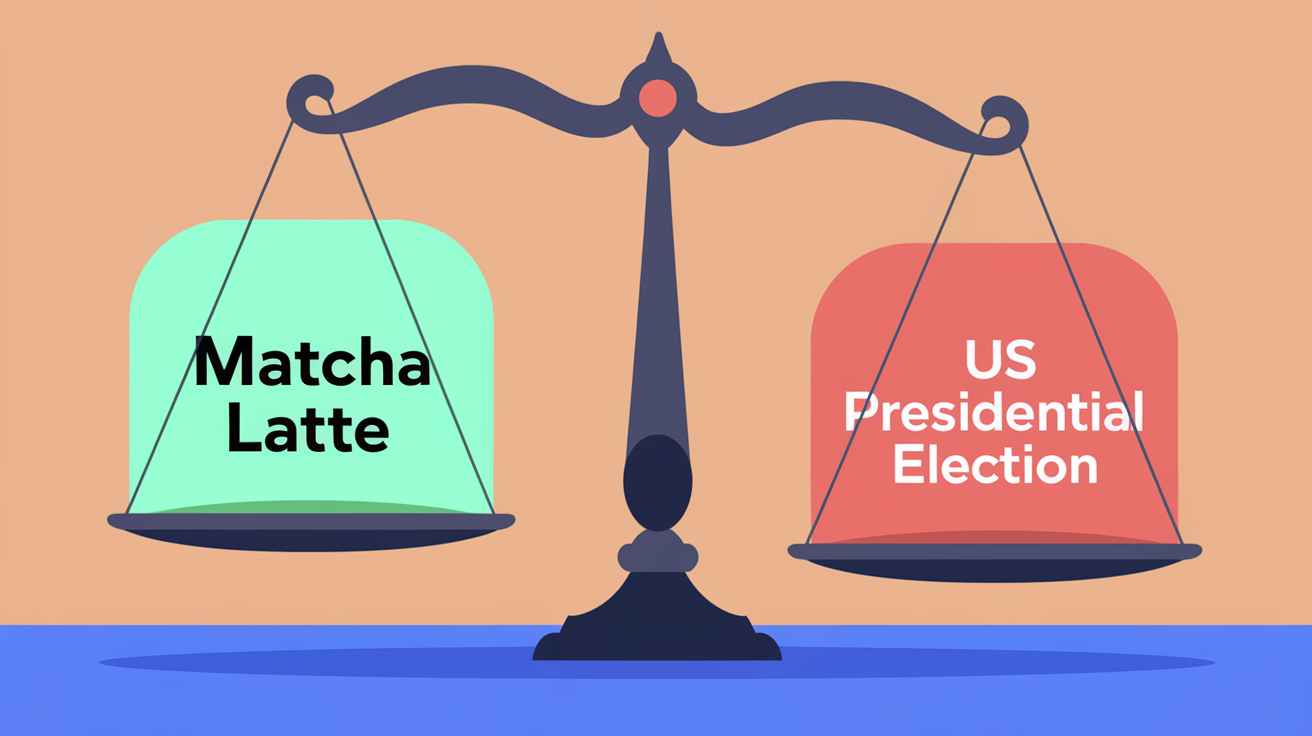Case Study: Improving Ad Sales & Analytics with IAB and IPTC Content Categories

When it comes to media and publishing, a premium is placed on content that is interesting and "one-of-a-kind"—not something that fits neatly into a pre-conceived box. And yet, publishers that fail to tag and organize their content into an appropriate taxonomy are missing out—both on ad revenue, and on an opportunity to more deeply understand and engage with their audience. In this post, we'll show how you can use Taylor to take your unique, diverse content and enrich it with standardized content tags, boosting both external legibility to advertisers, and internal analytics for business insights.
Background — The Importance of Standardized Tags
As a person creating and publishing content, your goal is to create something unique and engaging. But an advertiser's goal is very different—from their perspective, publisher content is just a vehicle to get ads in front of the right audience. Knowing high-level signals about a webpage ("about food", "18-25 year old males", "environmentalism") is crucial to serving the right ads to the right viewers.
But even for publishers, high-level strategic decisions about what verticals to focus on, what content to create, and so on can be informed by the same signals that would be useful to an advertiser. You can't optimize what you aren't measuring, and knowing what your audience is interested in can be the difference between success and failure in an increasingly competitive industry.

In both cases, the problem is the same: taking a piece of textual data, and extracting useful metadata tags. Typical examples include 1) topics and themes, like "food", "politics", and "tech"; 2) named entities present in the text, like companies, people, and events; and 3) brand safety signals, like "drugs", "guns", and "profanity".
In the rest of this post, we'll focus on the first—showing how to automatically enrich your whole database with content categories. First, we'll discuss how to take advantage of Google's new Publisher-Provided Signals feature, which allows you to pass your own IAB taxonomy tags to improve programmatic ad sales. Then, we'll show how to use IPTC Media Topics to analyze your audience and create more engaging content.
Using IAB Labels for Publisher-Provided Signals
In 2022, Google Ads announced a new feature called Publisher-Provided Signals (opens in a new tab). This feature allows publishers to provide first-party data to Google to enhance ad targeting, intended to replace less effective and more invasive methods, like excessive use of trackers and cookies. By providing these signals, buyers have a better idea of what exactly they're bidding into, which can make your site or application more attractive.

But here's the catch: you can't provide just any old metadata. Google's system specifically recognizes content and audience taxonomies from the Interactive Advertising Bureau (IAB), which is a consortium of publishers, advertisers, and other industry stakeholders. Whatever content tags you might already have, they have to be mapped to the IAB's taxonomy (opens in a new tab) first to be legible to Google Ads.
One way of dealing with this, if you already have a tagging system in place, is to manually build your own crosswalk—a spreadsheet which maps each of your tags to an appropriate set of IAB content labels. But that's a ton of work, and not everyone has an exhaustive internal tagging system to begin with. If you prefer, you can use Taylor's classification service (opens in a new tab), which allows you to just provide an article, and get back a set of IAB labels. You can test our model for free in the Playground, and then use it at scale via our API or batch processing.
Using IPTC Content Categories to Measure Engagement
We've discussed how a fixed universe of tags can make your content legible to people outside your organization. But what about enhancing internal operations? For example, suppose you are a publisher with a lifestyle publication—your content creators have a sense of what their audience likes, but there's no way to get feedback on what topics tend to stick (other than counting views and clicks for individual posts).
More advanced measurements require aggregation, which means you need a way to group content with similar topics. You can do this with the same IAB taxonomy from the previous section, but for some publications, these labels may not be granular enough. For instance, when classifying political news, the IAB only has categories for "Politics" and "Elections", but not more specific labels.
A more-detailed alternative is the IPTC Media Topics taxonomy, which has over 1300 labels (vs. around 700 for IAB). With the IPTC taxonomy, a piece of news about Kamala Harris's recent DNC speech gets tagged with "national elections", "politics", "political convention", "election", "political process", and "political campaigns". You can use Taylor's IPTC classification service (opens in a new tab) to automatically tag all your content with these labels.

Then, a simple analytical method like linear regression on page views vs. topics (or a more complex causal inference approach) can shed light on which topics are most engaging for your audience. It might be very different than what your editorial team expects!
Conclusion
In this post we've discussed the importance of classifying and tagging published content with established taxonomies. Standardized tags can boost your content's performance in programmatic advertising, and can also help you understand your audience better. To tag your content today, sign up for a free account (opens in a new tab) at Taylor, and get started with 1000 free credits. Or if you want to learn more about how we can help with tagging for your use case, contact us (opens in a new tab).